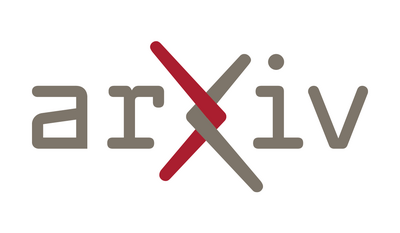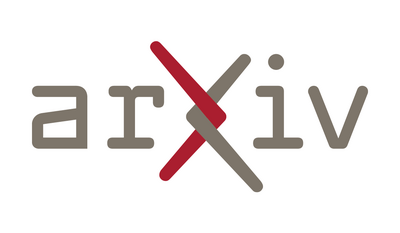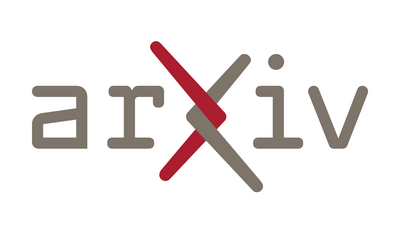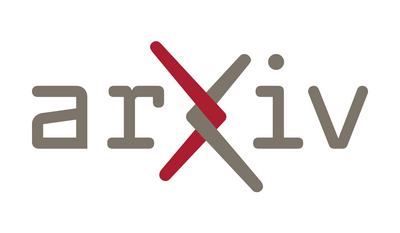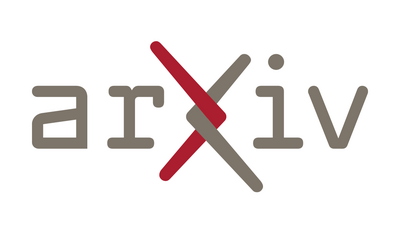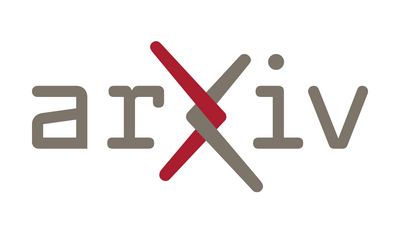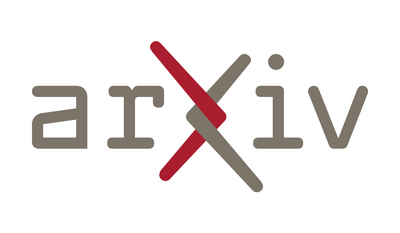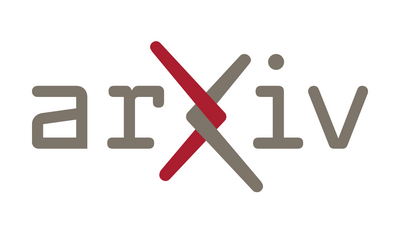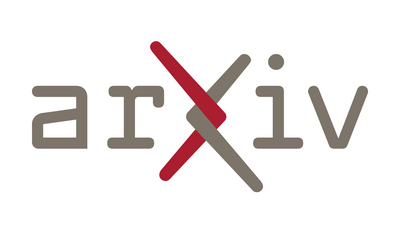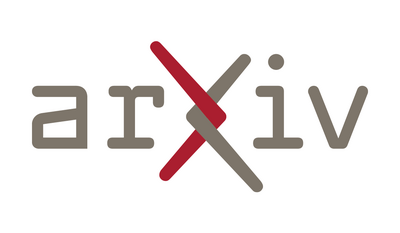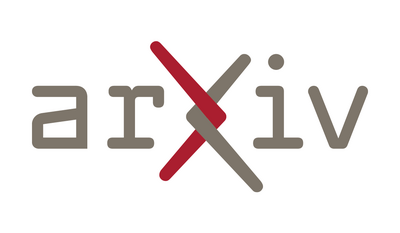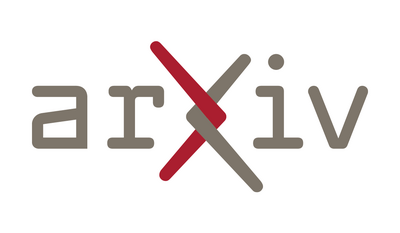
Decomposition of Borel graphs and cohomology https://arxiv.org/abs/2504.17831 #mathGR #mathDS #mathLO
The dimension spectrum of the infinitely generated Apollonian gasket https://arxiv.org/abs/2504.17835 #mathDS
Efficient iterative techniques for solving tensor problems with the T-product https://arxiv.org/abs/2504.17861 #mathNA #csNA
A Newton-type Method for Non-smooth Under-determined Systems of Equations https://arxiv.org/abs/2504.17864 #mathOC
Maximal Inequalities for Independent Random Vectors https://arxiv.org/abs/2504.17885 #mathPR #mathST #statTH
POD-ROM methods: error analysis for continuous parametrized approximations https://arxiv.org/abs/2504.17895 #mathNA #csNA
Multivariate Newton Interpolation in Downward Closed Spaces Reaches the Optimal Geometric Approximation Rates for Bos--Levenberg--Trefethen Functions https://arxiv.org/abs/2504.17899 #mathNA #csNA
Upper bounds for moments of Dirichlet $L$-functions to a fixed modulus https://arxiv.org/abs/2504.17905 #mathNT
Higher Koszul duality and $n$-affineness https://arxiv.org/abs/2504.16935 #mathAG #mathAT #mathCT #mathKT
A Coding-Enhanced Jamming Approach for Secure Semantic Communication over Wiretap Channels https://arxiv.org/abs/2504.16960 #eess.IV #mathIT #cs.IT
Simplified Morse-Bott-Smale chain complex https://arxiv.org/abs/2504.16962 #mathAT #mathDS #mathGT
$C^*$- Colored graph algebras https://arxiv.org/abs/2504.16963 #mathOA #mathCO #mathQA
Uniform treatments of Bernoulli numbers, Stirling numbers, and their generating functions https://arxiv.org/abs/2504.16965 #mathCO #mathCA
On the Tur\'an number of the $G_{3\times 3}$ in linear hypergraphs https://arxiv.org/abs/2504.16973 #mathCO
Universal Methods for Nonlinear Spectral Problems https://arxiv.org/abs/2504.17012 #mathNA #mathSP #csNA
An Exact SIR Series Solution and an Exploration of the Related Parameter Space https://arxiv.org/abs/2504.17026 #mathDS #mathph #mathMP
I post the feed of the arXiv Mathematics.
